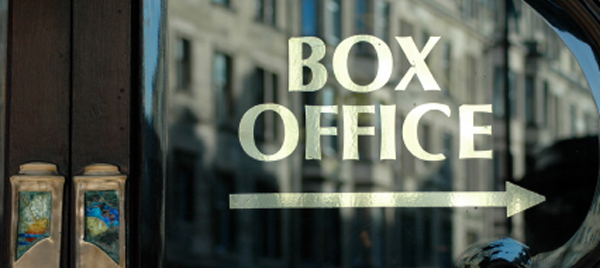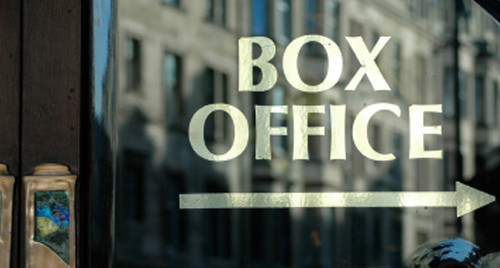
Theatres are facing challenging times, with increased funding pressures from central and local governments. As a result, they need to make their case for public support, while also diversifying their income streams.
Technology has been a big part of audience engagement and development for many years. The first computerised box office systems arrived as early as the 1980s, opening up opportunities for informed direct marketing and customer analysis, and over the last few decades, these systems have grown in capability and functionality.
Now more than ever, we need a step change in the way we use technology if the box office is to engage a wider audience that is increasingly digital and ‘always on’. The right use of this technology is absolutely critical in transforming the way that theatres engage with their audiences and meet the unique challenges being faced today.
Competition for audience’s attention has never been tougher
The number of marketing and brand messages that each person is exposed to on a daily basis is increasing at a rapid rate. Arts organisations have to compete with retail, leisure and travel sectors for their customers’ attention and disposable income. At the same time, they are interacting with a younger audience with a more diverse range of interests and regular activities.
Traditional mass marketing approaches, such as printed season brochures and ‘whole list’ announcement emails are giving way to more targeted methods. This is achieved by using information the organisation knows about each individual, reflecting the personalisation techniques deployed by companies in other sectors.
Some organisations like Derby LIVE, a large-scale, local authority-run arts organisation, reaching audiences of over 400,000 each year, are using email marketing effectively to reduce direct mail costs and increase re-attendance. By segmenting their diverse audiences, they can target the right people with news and offers their customers want to hear about.
Blurred lines between sales and marketing
Historically, marketing departments in arts organisations were concerned with going out and finding audiences. The box office would then sell these audiences tickets when they were ready to buy. This is changing with accelerating pace, as the two departments are beginning to come together under a senior manager responsible for both functions. Many managers in charge of box office teams are also taking responsibility for the form and use of the data they are collecting, and working actively alongside marketing teams to interpret this data.
This means customer service in the box office will increasingly move from a “one-size-fits-all” approach, to using the data to interact with customers in a more way and anticipate their needs, both face-to-face and online.
Understanding the power of data is crucial
The retail sector invests vast sums of money into loyalty schemes to collect and analyse customer data. In contrast, arts organisations have an abundance of customer data collected through ticket sales, but have significantly smaller resources to invest in technology to handle it all.
With growing understanding of the power of data and more tools for analysis becoming available at a lower cost, theatres will do more with what they have, by examining the data in their box office systems. They’ll also pool external resources to gain a broader perspective and insight into their customer data. This is particularly true when it comes to sharing expertise, and benchmarking data across the sector. It is encouraging to see recent news from both NESTA and the Audience Agency, launching projects that seek to promote collaboration between arts organisations on the subject of data.
Over the next few years, we’re also going to see the tools we need for the super-personalisation of marketing communications, like those used by large multi-nationals such as Amazon and Tesco, gradually come down in price and complexity. This will mean that smaller organisations can start to benefit from advanced tools like marketing automation, dynamic message content and real time analytics. In the meantime, arts organisations can get ahead of the game by creating relevant, timely marketing messages with the tools they already have at their disposal, by profiling their current and potential customers and adapting their messages to suit.
Increasing pace of technological innovation
The fact that we inhabit a technological world that is changing quickly is self-evident. Ten years ago, there were no smartphones, no Facebook or Twitter, no AppStore, no tablets, and over half of the UK’s population accessed the internet through a dial-up modem.
In the face of this rapid change, the challenge for arts organisations is to develop and refine new ways of communicating with their audiences using these new technologies. Arts organisations often benefit from strong, recognisable brands. However, this also means that audience expectations of what can be achieved technologically often outpaces the resources that the organisation can access. In short, they are expected to behave digitally like much bigger, consumer-facing organisations that have the ability to invest in new technology on a continuous basis.
Over the coming years, we will see arts organisations take on this challenge by working together to pool knowledge more effectively. They will take on digital experts who are not only fluent in the language of the web, but experiment with new digital technologies as they develop. We will also see more widespread adoption of flexible cloud platforms which allow software to rapidly adapt and evolve, arming arts organisations with the tools they need to stay at the forefront of innovation.






